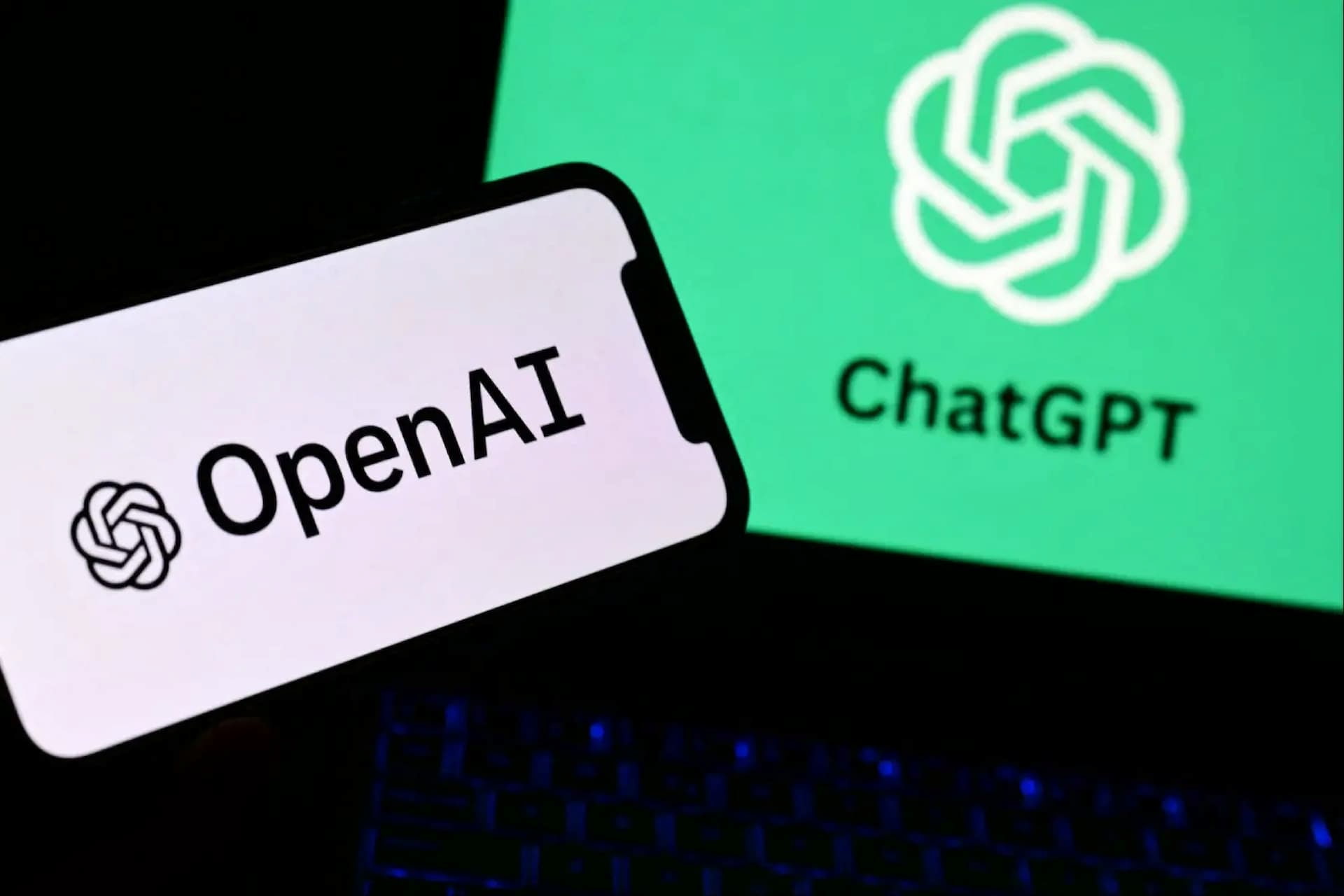Elon Musk has told xAI employees that the next two to three years will determine whether the company survives and emerges as a leading force in artificial general intelligence.
Speaking during a company-wide meeting, Musk argued that endurance during such a period could position xAI at the forefront of the AGI race.
Musk suggested that AGI could be achieved by xAI as early as 2026, pointing to rapid advances in the Grok model family. He has previously offered shifting timelines for AGI development, underscoring both technological momentum and persistent uncertainty surrounding the field.
The remarks come as competition across the AI sector intensifies, with OpenAI accelerating model releases and Google unveiling new iterations of its Gemini system. Against larger incumbents, xAI is positioning itself as a challenger focused on speed, scale and aggressive execution.
Central to that strategy is the Colossus project, which has already deployed around 200,000 GPUs and plans to expand to one million.
Musk also highlighted operational synergies with Tesla and SpaceX, while floating longer-term concepts such as space-based data centres, reinforcing xAI’s ambition to differentiate through scale and unconventional infrastructure.
Would you like to learn more about AI, tech and digital diplomacy? If so, ask our Diplo chatbot!










